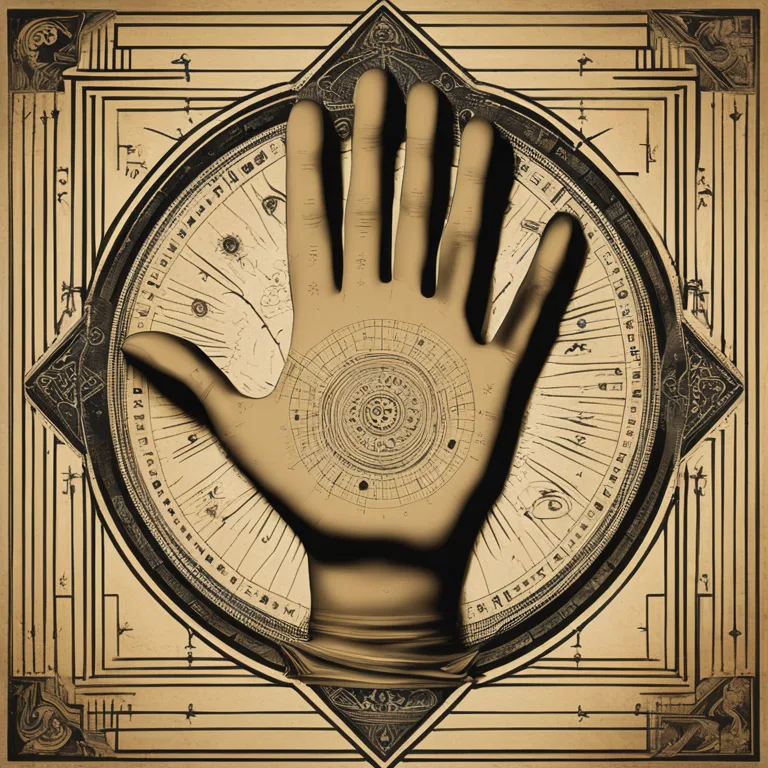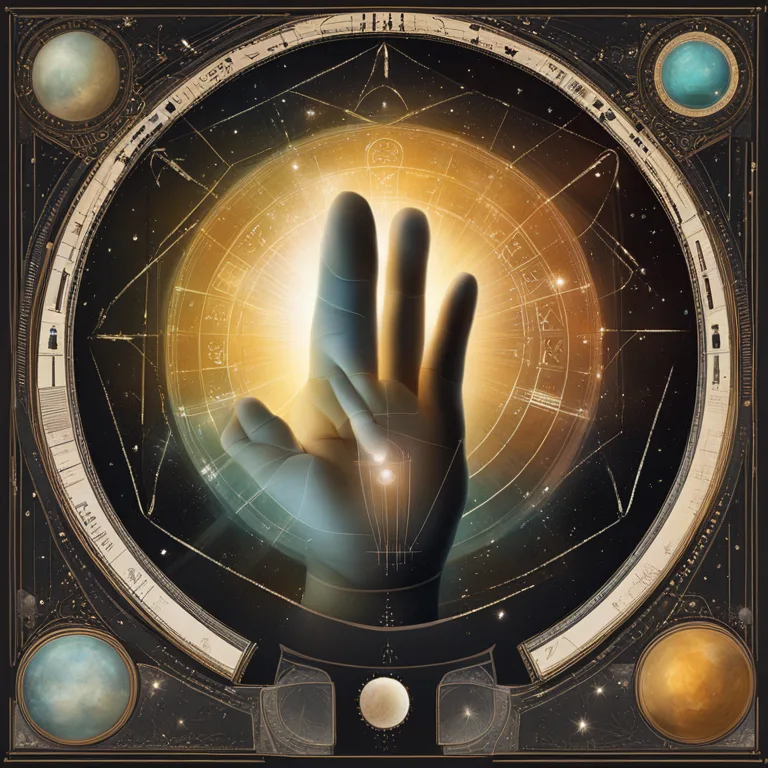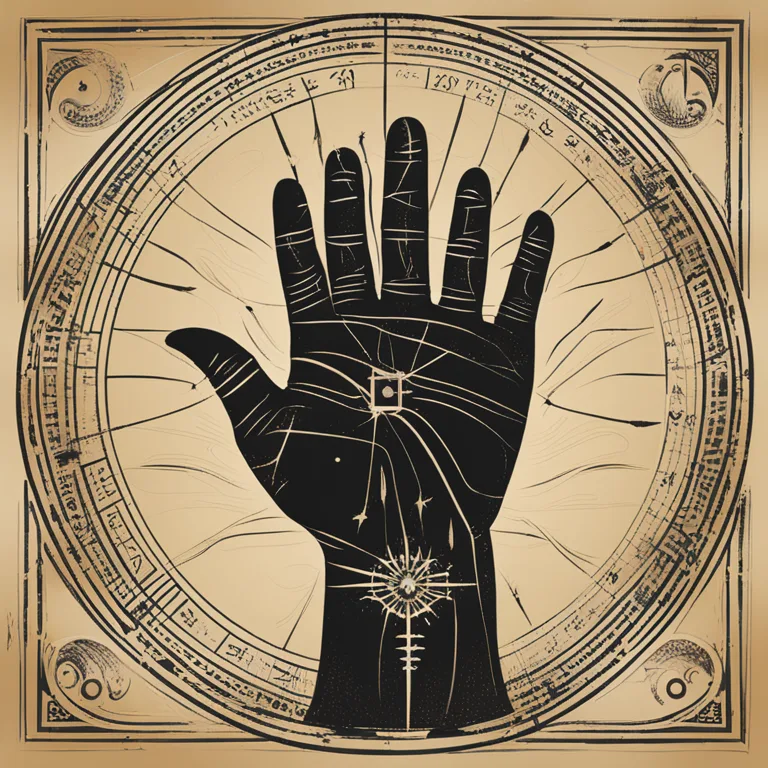
A Modern Guide To Palmistry
Delve into the fascinating world of palmistry as we bring you a contemporary breakdown of its principles, methods, and what your hands may reveal about your persona and future.
article by Nora Pennington
Ancient Art, Modern Context
Palmistry, or chiromancy, has been practiced for centuries across different cultures, offering insights into an individual's character and potential future through the study of the palm. Today, it merges ancient wisdom with contemporary understanding, including psychological aspects that attribute certain hand features to personality traits. This fusion has given palmistry a new lease on life, piquing the interest of both enthusiasts and skeptics alike. With the advancement of technology, palmistry has also found a new platform for dissemination and discussion, making it more accessible than ever.

Core Elements of Palmistry
Key to this practice are the lines, shapes, and mounds on the palm. The heart line, head line, life line, and fate line are amongst the most scrutinized features. Each has its own tale, revealing nuances of emotional expression, intellectual prowess, vitality, and life changes. The hands’ size, texture, flexibility, and finger shape are also studied meticulously, offering a comprehensive perspective that is believed to reflect our abilities, tendencies, and experiences.

Science or Superstition?
While many regard palmistry as a pseudoscience, its proponents argue for its validity relying on anecdotal evidence and the sheer longevity of the tradition. Critics often point to the lack of empirical evidence and the Forer effect—a psychological phenomenon whereby individuals find general descriptions as highly specific to themselves—as reasons to doubt. Regardless, palmistry continues to thrive as a subject of curiosity and remains a popular feature at spiritual fairs and holistic therapy centers.

Reading the Lines in Modern Times
Today's palm readers often combine traditional methods with psychological insights, potentially offering a more evolved form of personal assessment. The integration of technologies such as biometric analysis and artificial intelligence has revolutionized the way palmistry can be practiced, with apps and online platforms providing interactive readings. This digital transformation has modernized palmistry, making it more relatable and intriguing for the digital generation.

Learning to Read Your Palm
For those interested in learning palmistry, numerous resources are available. From online courses to detailed guidebooks, the learning spectrum caters to a range of enthusiasts. Professional palmists often recommend starting with the dominant hand, as it is traditionally considered to show the current path, whereas the non-dominant hand represents potential. Observing and comparing the main lines across both palms can be an insightful exercise in self-awareness.
The Ethical Consideration
With its rise in popularity, the ethical practice of palmistry has become a focal point for modern practitioners. It is emphasized that readings should empower and not foster dependency or fear. Responsible palmists often set the stage for a session by stating that the readings are interpretative and not deterministic, highlighting that each person has the agency to alter their life path.
Published: 1/3/2024
Modified: 1/3/2024
More predictions
Come back here soon to learn more about yourself and your future


Palm Lines and Love Connections
Delve into the fascinating world of palmistry and discover how your palms may hold the secrets to love and relationships.


Palmistry's Insight into Your Health
Discover the connections between the lines on your palm and your well-being in this comprehensive look at palmistry’s role in health forecasting.


The Origins & Journey of Palmistry
Trace the fascinating history of palmistry, understanding its ancient roots and its evolution through cultures and time.